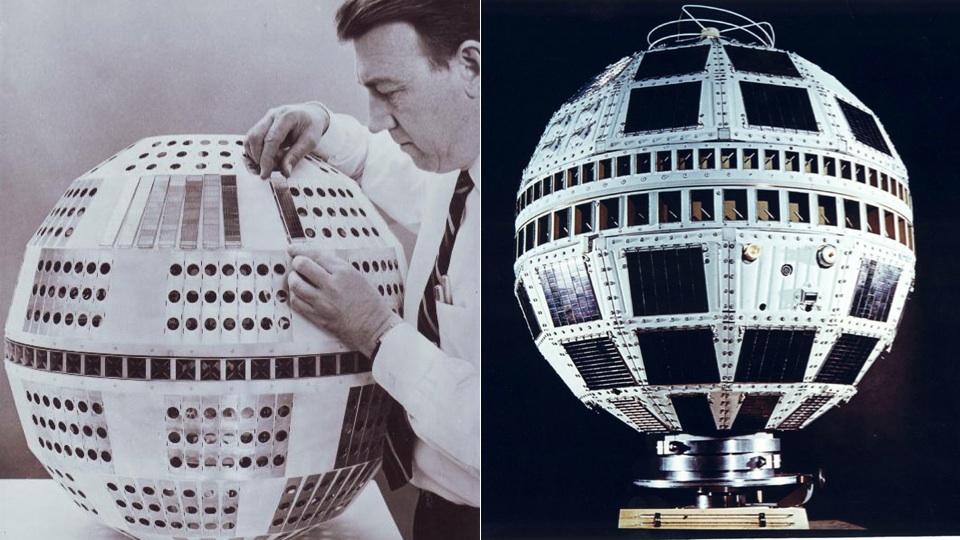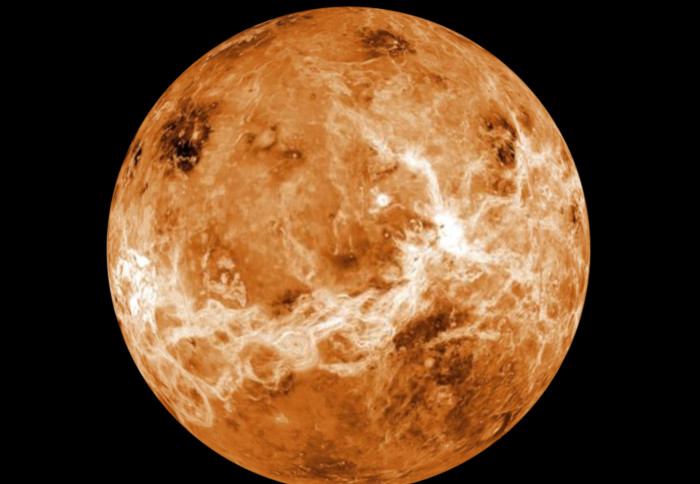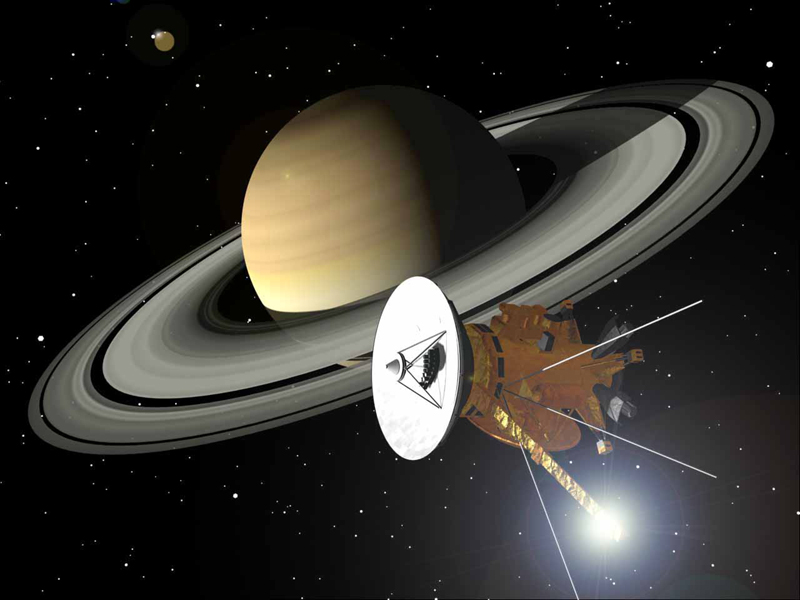Telstar - Herald of the Modern Age

We live in the Space Age – and not just because several hundred people have flown in space. Satellites have changed the world, most noticeably in their creation of global communications. Telstar was the herald of this revolution.
Then and now
In 2012 the diamond jubilee of Queen Elizabeth II was broadcast live across the Atlantic. Such broadcasts are commonplace now. That wasn't the case in 1953, the year of the queen's coronation. You could have sent a telegram across the Atlantic, because there had been an undersea cable for over eighty years. If you could afford it, there was a telephone service with the calls relayed by radio. Television news programs could only get film coverage of distant events by having the film flown home. Viewers were used to hearing the story first and seeing the pictures later.
Interestingly, although Americans couldn't see the 1953 coronation live, it was broadcast on the day it happened. Newsmen filmed the event and edited the film on the flight to the US, then rushed it to the networks. Due to the time differences, they had an extra 5-8 hours to broadcast it.
But change was on the way. On July 10, 1962, less than five years after the very first artificial satellite beeped through the sky, Telstar was launched. And it gripped the public imagination.
Telstar
Telstar 1 was the first-ever active communications satellite. US telecom giant AT&T had Bell Telephone Laboratories design and build it. It was a test to see if satellites could bridge the Atlantic. In addition to the communications features, the satellite carried an experiment to map the distribution of energetic particles in the Van Allen radiation belts. This was important information for the development of space exploration.
Telstar, which you can see in the header image, was somewhat bigger than a beach ball, though at 77 kg (180 lb) it would have been a pretty heavy beach ball. Its size and weight were limited by what the Delta launch rocket could carry. Telstar was covered in solar panels and generated its power from them – all 14 watts of it!
But they needed more than just a prototype satellite. AT&T had to work with NASA to get it launched, form partnerships with European telecom agencies, and build ground stations with large antennas. It was an ambitious project.
Keeping track of Telstar
Telstar zipped around the Earth every 2 hours and 47 minutes. It was over the Atlantic for just twenty minutes of each orbit, and that was the only time it could transmit.
Modern telecom satellites are usually in geosynchronous orbits. They orbit fast enough to keep up with the Earth's rotation, so they stay within range of their ground stations. However these orbits are over six times as high as Telstar's orbit, and the launch rockets of the day weren't powerful enough to lift satellites into such high orbits.
The system needed ground antennas. A ground station sends a signal to the satellite, the satellite amplifies it and sends it to the next ground station. Since Telstar's own transmission and receiving systems weren't very powerful, the antennas needed to be massive in order to detect the signals. They also had to be able to track a small, fast-moving satellite.
Andover, Maine was the site of the US ground station. Its horn antenna weighed 340 tons and was sheltered in a radome the height of a 14-story building. The French ground station at Pleumeur-Bodou had an identical one. However the British station at Goonhilly Downs in Cornwall used a steerable parabolic dish designed by Charles Husband, based on his design for a radio telescope at Jodrell Bank. It was 26 m (85 ft) across and weighed 870 tons, yet could move 90 degrees vertically and 360 degrees horizontally. It was Antenna 1, nicknamed Arthur. Later antennas were also given names from the Arthurian tales.
Telstar in action
Telstar's first test was to broadcast an image of the US flag flying outside the Andover Earth Station on July 11, 1962. It was received, to much excitement, at Pleumeur-Bodou. There were further tests of video, telephone calls and fax images before the first public broadcast on July 23. French television, the BBC, Canadian CBC and the three US networks took part. It included many famous broadcasting names and President John F. Kennedy at a live press conference.
The public was entranced with the way the world had become more intimate. An English pop group, the Tornados, went to the top of the charts in both Britain and the USA with their instrumental “Telstar”, written by Joe Meek. I don't know of any other artificial satellite that has been serenaded in this way.
But Telstar didn't last long. It stopped working in November. Although it was restarted temporarily, it stopped functioning completely in February 1963. It was one of seven satellite victims of high-altitude nuclear testing, in particular the US's Starfish Prime. When the Russians also made a test, there was much more radiation than Telstar's designers had expected.
Epilogue
Telstar 2 was launched in May 1963 without much excitement. (It was a bit like being the crew of Apollo 12.) It was almost identical to Telstar 1, though its instruments had better radiation protection and it could make longer broadcasts because it was in a somewhat higher orbit. When it was taken out of service, its systems were still working.
Telstars 1 and 2, although no longer functioning, are still orbiting the Earth.
Then and now
In 2012 the diamond jubilee of Queen Elizabeth II was broadcast live across the Atlantic. Such broadcasts are commonplace now. That wasn't the case in 1953, the year of the queen's coronation. You could have sent a telegram across the Atlantic, because there had been an undersea cable for over eighty years. If you could afford it, there was a telephone service with the calls relayed by radio. Television news programs could only get film coverage of distant events by having the film flown home. Viewers were used to hearing the story first and seeing the pictures later.
Interestingly, although Americans couldn't see the 1953 coronation live, it was broadcast on the day it happened. Newsmen filmed the event and edited the film on the flight to the US, then rushed it to the networks. Due to the time differences, they had an extra 5-8 hours to broadcast it.
But change was on the way. On July 10, 1962, less than five years after the very first artificial satellite beeped through the sky, Telstar was launched. And it gripped the public imagination.
Telstar
Telstar 1 was the first-ever active communications satellite. US telecom giant AT&T had Bell Telephone Laboratories design and build it. It was a test to see if satellites could bridge the Atlantic. In addition to the communications features, the satellite carried an experiment to map the distribution of energetic particles in the Van Allen radiation belts. This was important information for the development of space exploration.
Telstar, which you can see in the header image, was somewhat bigger than a beach ball, though at 77 kg (180 lb) it would have been a pretty heavy beach ball. Its size and weight were limited by what the Delta launch rocket could carry. Telstar was covered in solar panels and generated its power from them – all 14 watts of it!
But they needed more than just a prototype satellite. AT&T had to work with NASA to get it launched, form partnerships with European telecom agencies, and build ground stations with large antennas. It was an ambitious project.
Keeping track of Telstar
Telstar zipped around the Earth every 2 hours and 47 minutes. It was over the Atlantic for just twenty minutes of each orbit, and that was the only time it could transmit.
Modern telecom satellites are usually in geosynchronous orbits. They orbit fast enough to keep up with the Earth's rotation, so they stay within range of their ground stations. However these orbits are over six times as high as Telstar's orbit, and the launch rockets of the day weren't powerful enough to lift satellites into such high orbits.
The system needed ground antennas. A ground station sends a signal to the satellite, the satellite amplifies it and sends it to the next ground station. Since Telstar's own transmission and receiving systems weren't very powerful, the antennas needed to be massive in order to detect the signals. They also had to be able to track a small, fast-moving satellite.
Andover, Maine was the site of the US ground station. Its horn antenna weighed 340 tons and was sheltered in a radome the height of a 14-story building. The French ground station at Pleumeur-Bodou had an identical one. However the British station at Goonhilly Downs in Cornwall used a steerable parabolic dish designed by Charles Husband, based on his design for a radio telescope at Jodrell Bank. It was 26 m (85 ft) across and weighed 870 tons, yet could move 90 degrees vertically and 360 degrees horizontally. It was Antenna 1, nicknamed Arthur. Later antennas were also given names from the Arthurian tales.
Telstar in action
Telstar's first test was to broadcast an image of the US flag flying outside the Andover Earth Station on July 11, 1962. It was received, to much excitement, at Pleumeur-Bodou. There were further tests of video, telephone calls and fax images before the first public broadcast on July 23. French television, the BBC, Canadian CBC and the three US networks took part. It included many famous broadcasting names and President John F. Kennedy at a live press conference.
The public was entranced with the way the world had become more intimate. An English pop group, the Tornados, went to the top of the charts in both Britain and the USA with their instrumental “Telstar”, written by Joe Meek. I don't know of any other artificial satellite that has been serenaded in this way.
But Telstar didn't last long. It stopped working in November. Although it was restarted temporarily, it stopped functioning completely in February 1963. It was one of seven satellite victims of high-altitude nuclear testing, in particular the US's Starfish Prime. When the Russians also made a test, there was much more radiation than Telstar's designers had expected.
Epilogue
Telstar 2 was launched in May 1963 without much excitement. (It was a bit like being the crew of Apollo 12.) It was almost identical to Telstar 1, though its instruments had better radiation protection and it could make longer broadcasts because it was in a somewhat higher orbit. When it was taken out of service, its systems were still working.
Telstars 1 and 2, although no longer functioning, are still orbiting the Earth.
You Should Also Read:
Sputnik – the Space Race Begins
First Orbit - Film Review
Space at the Science Museum London

Related Articles
Editor's Picks Articles
Top Ten Articles
Previous Features
Site Map
Content copyright © 2023 by Mona Evans. All rights reserved.
This content was written by Mona Evans. If you wish to use this content in any manner, you need written permission. Contact Mona Evans for details.







